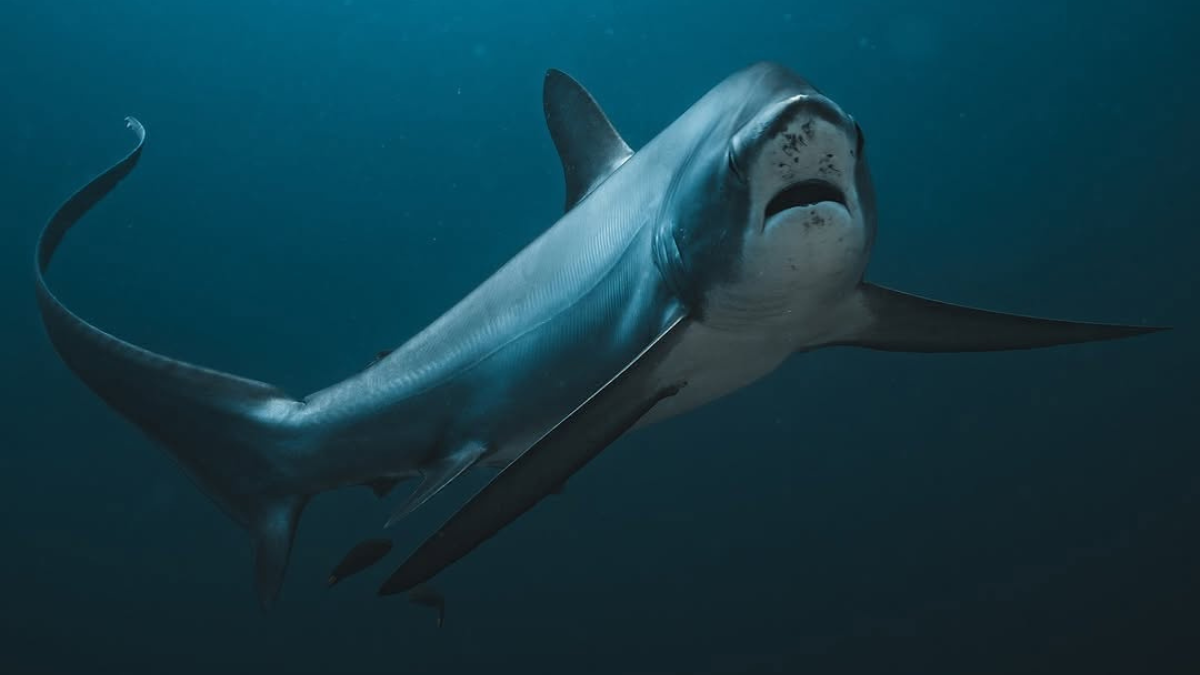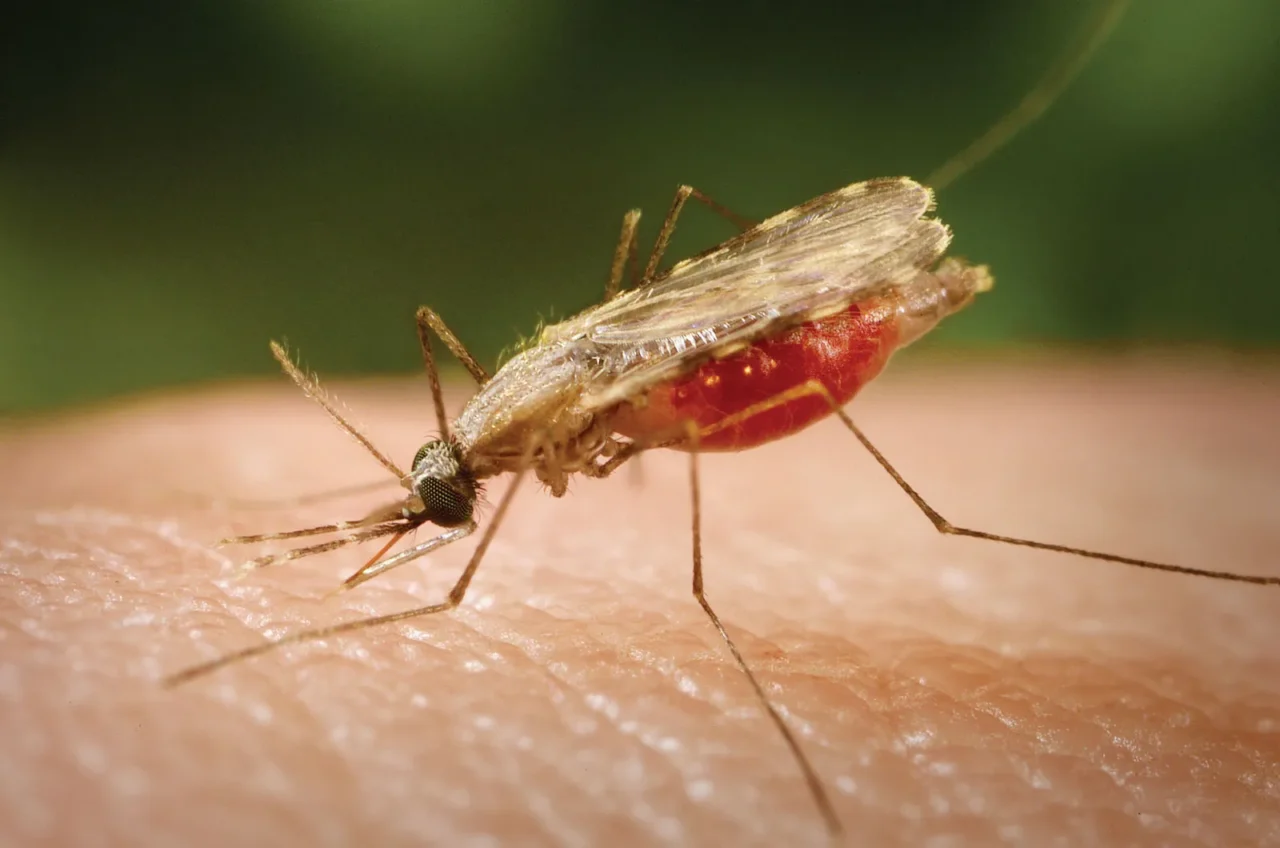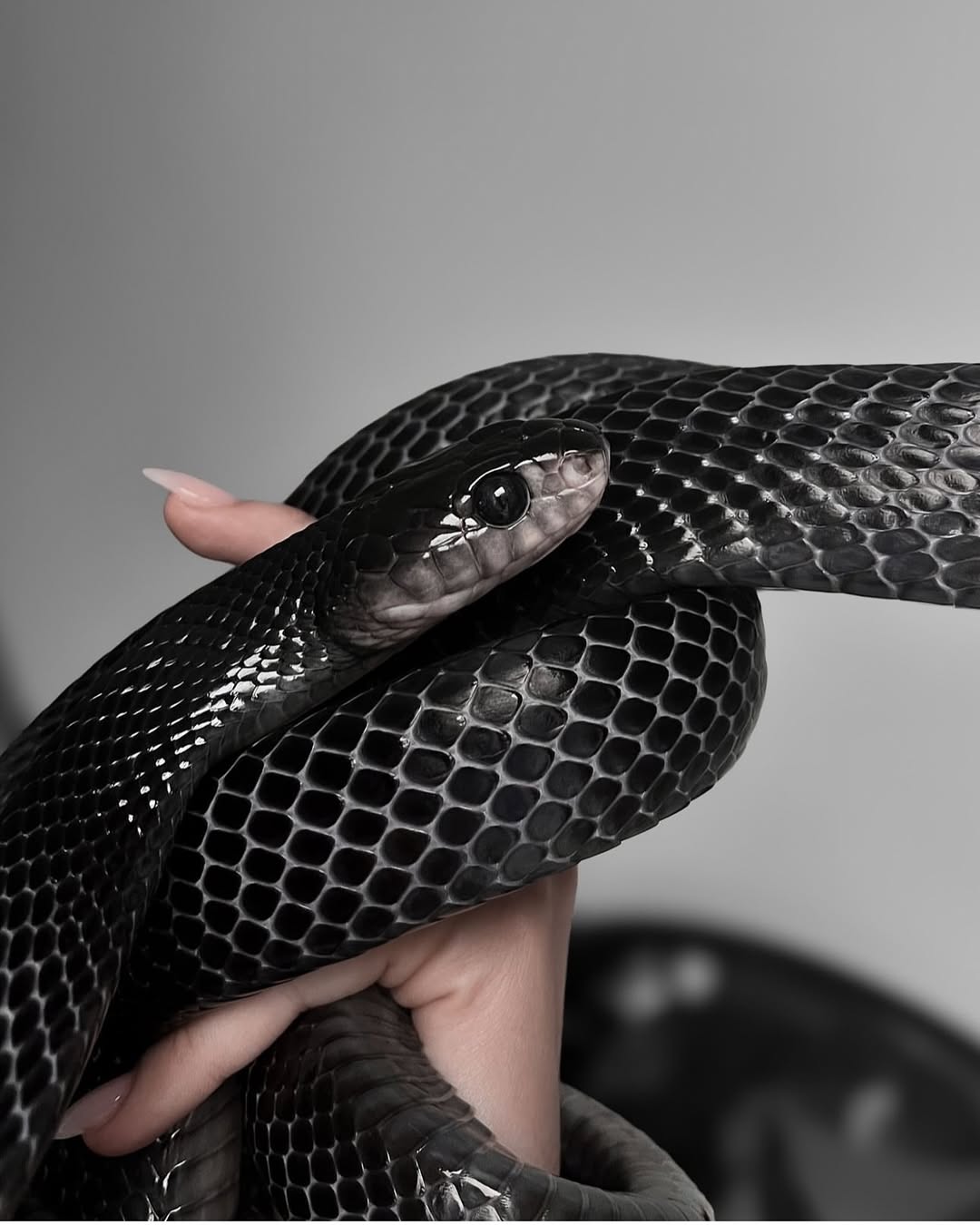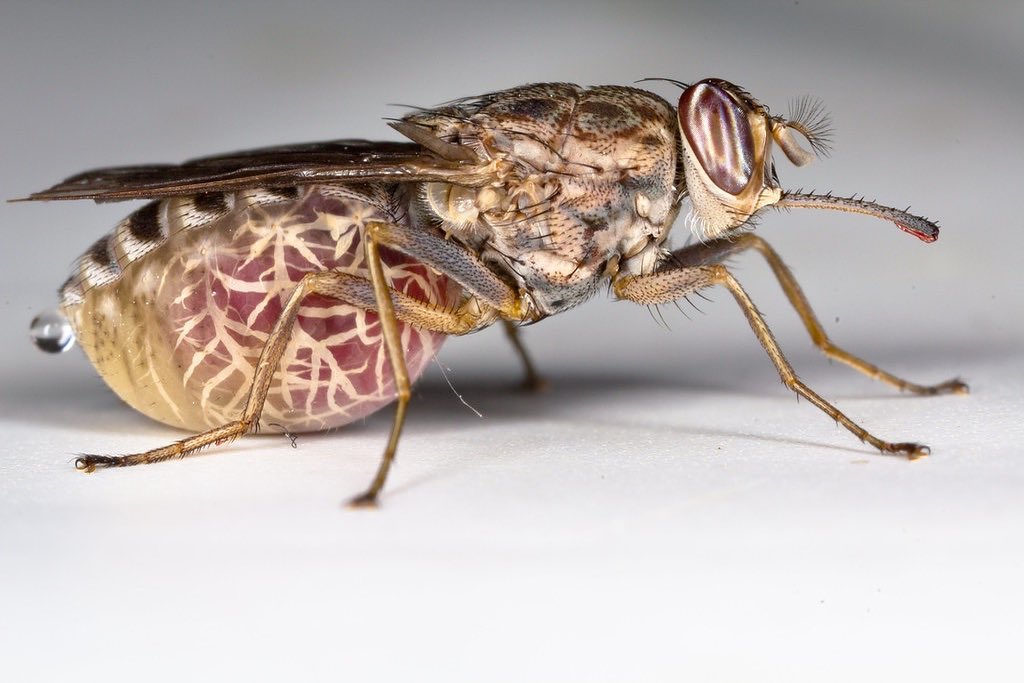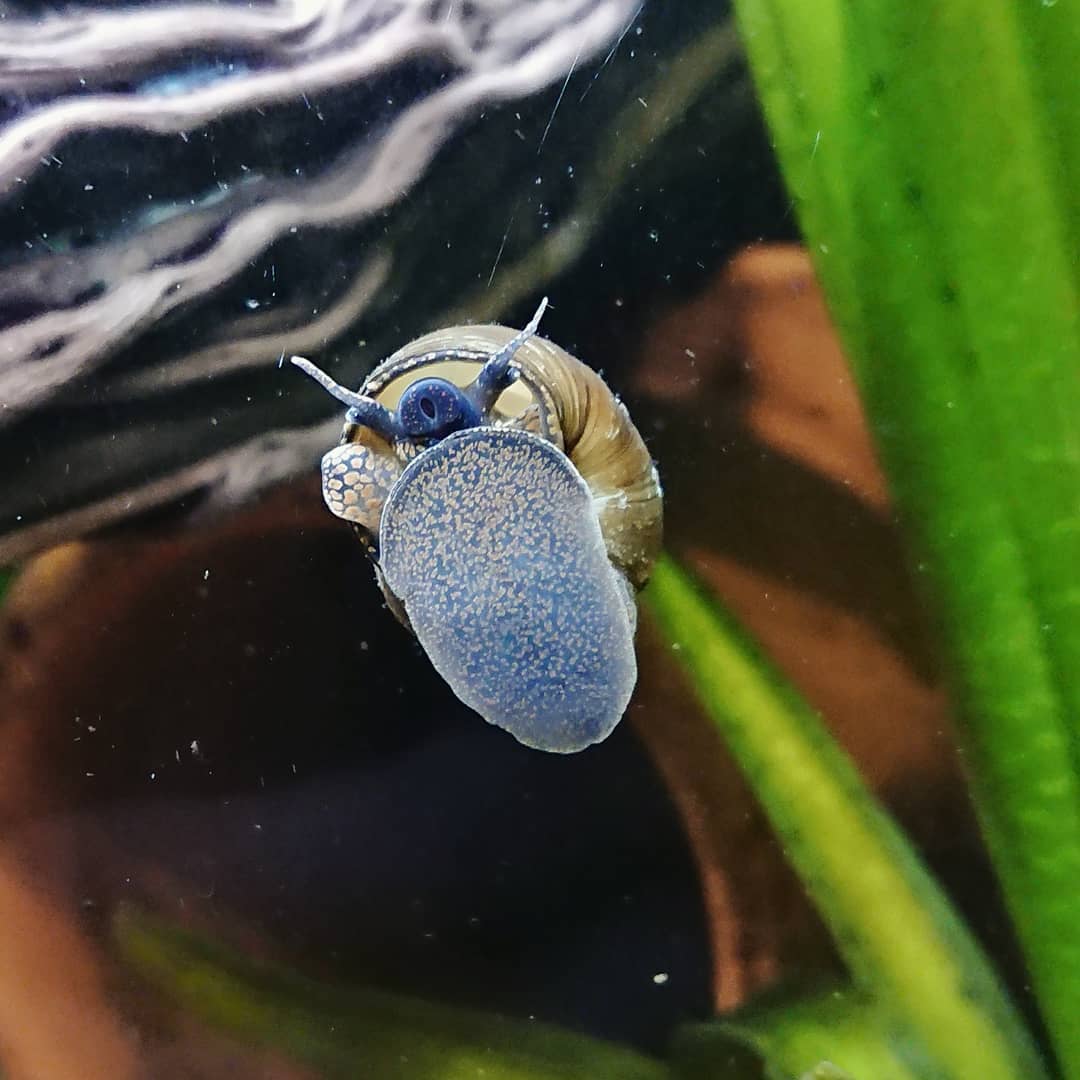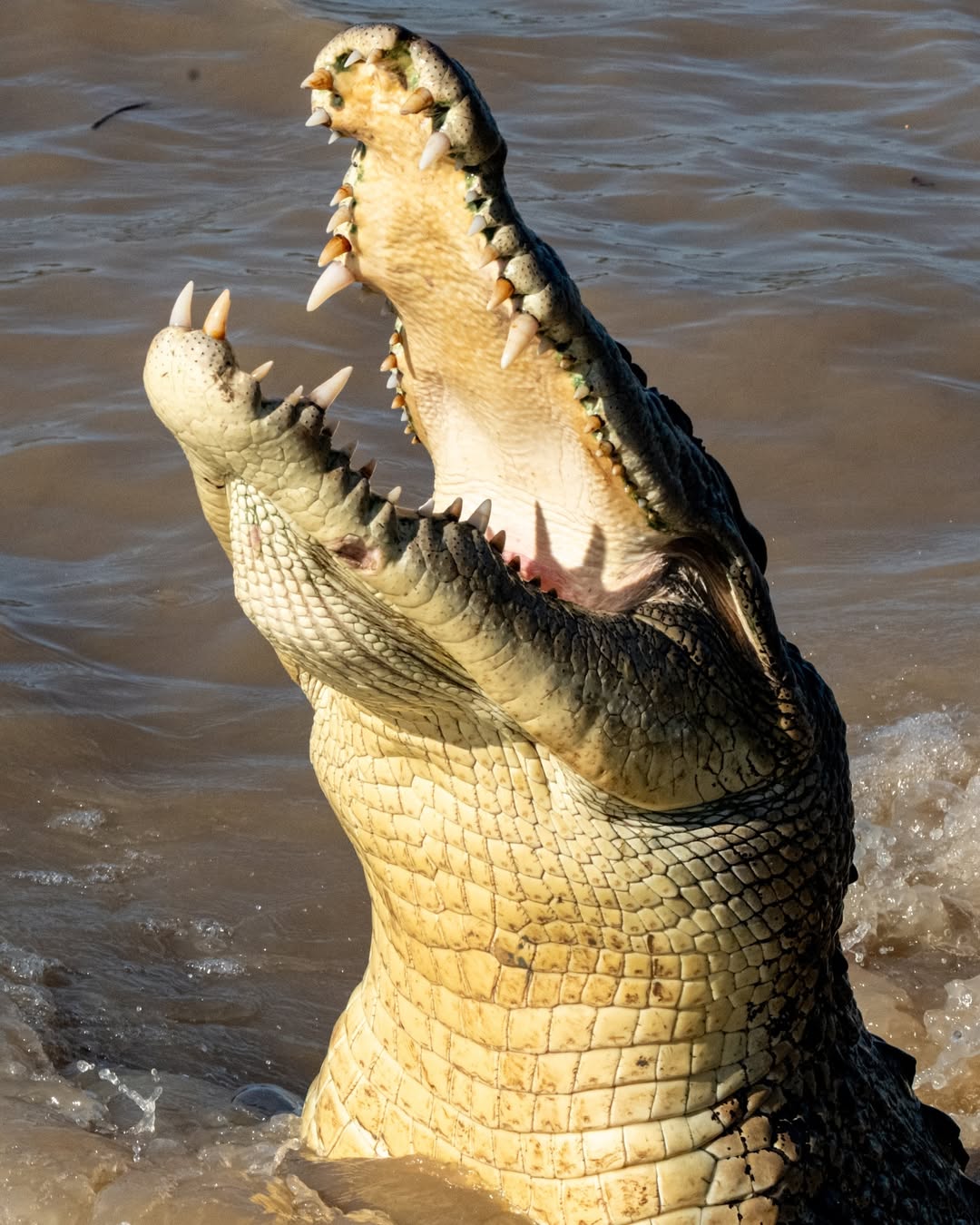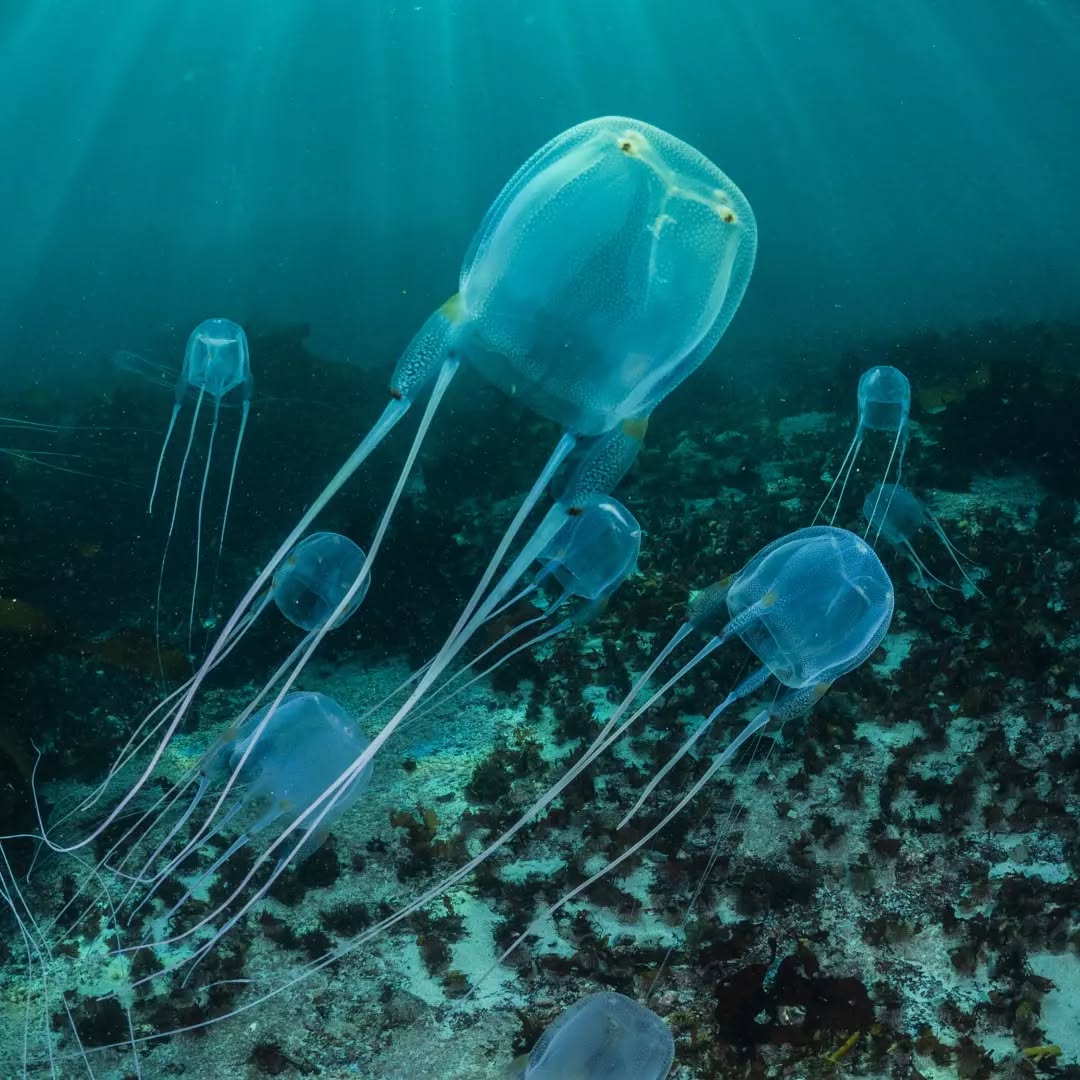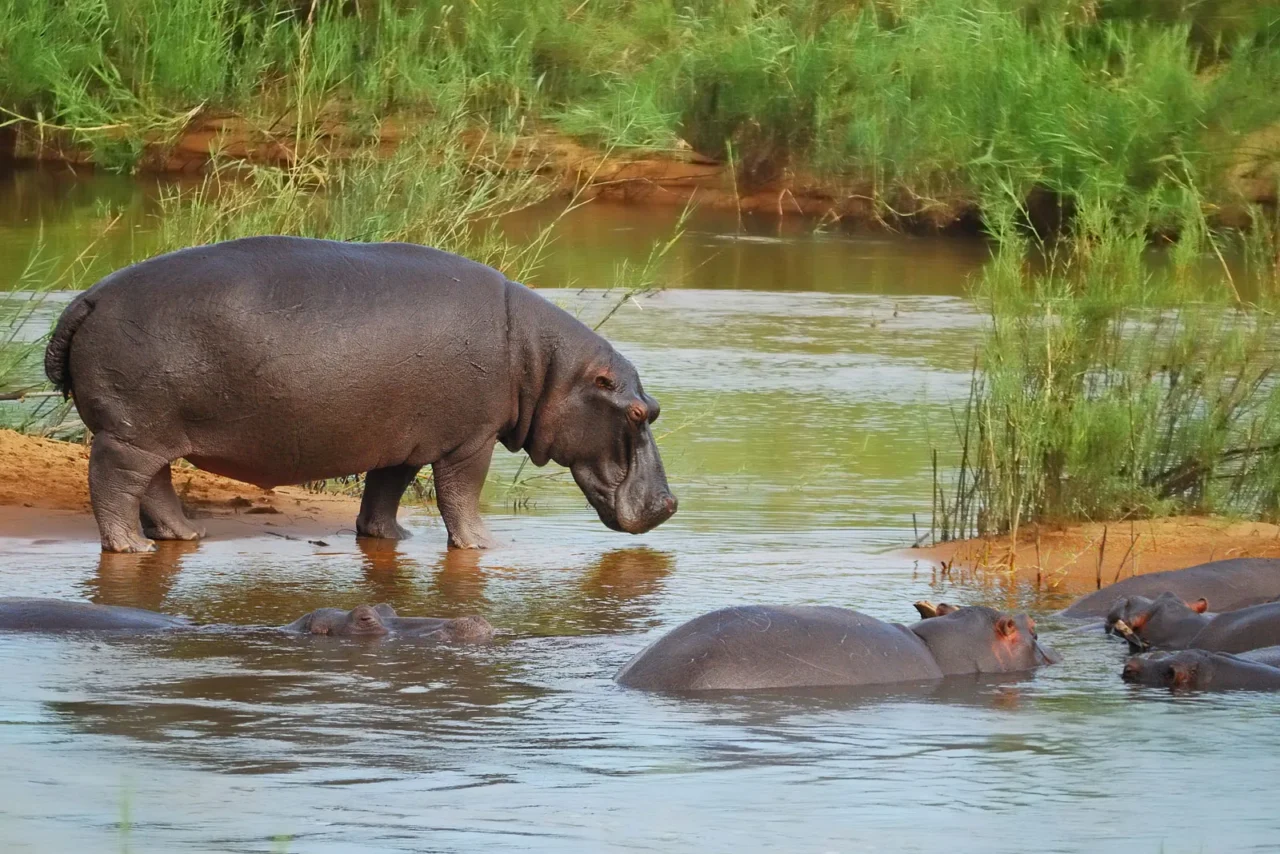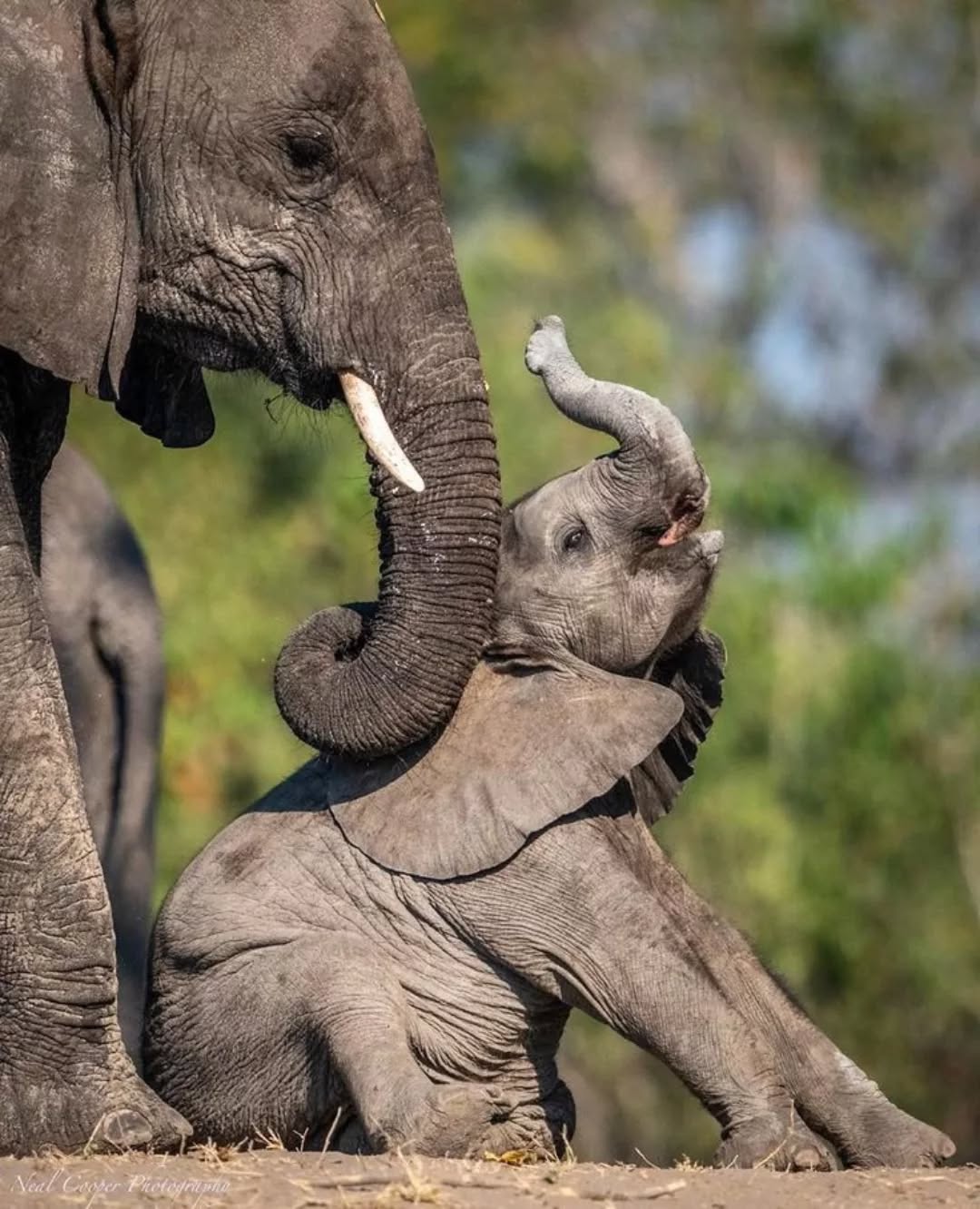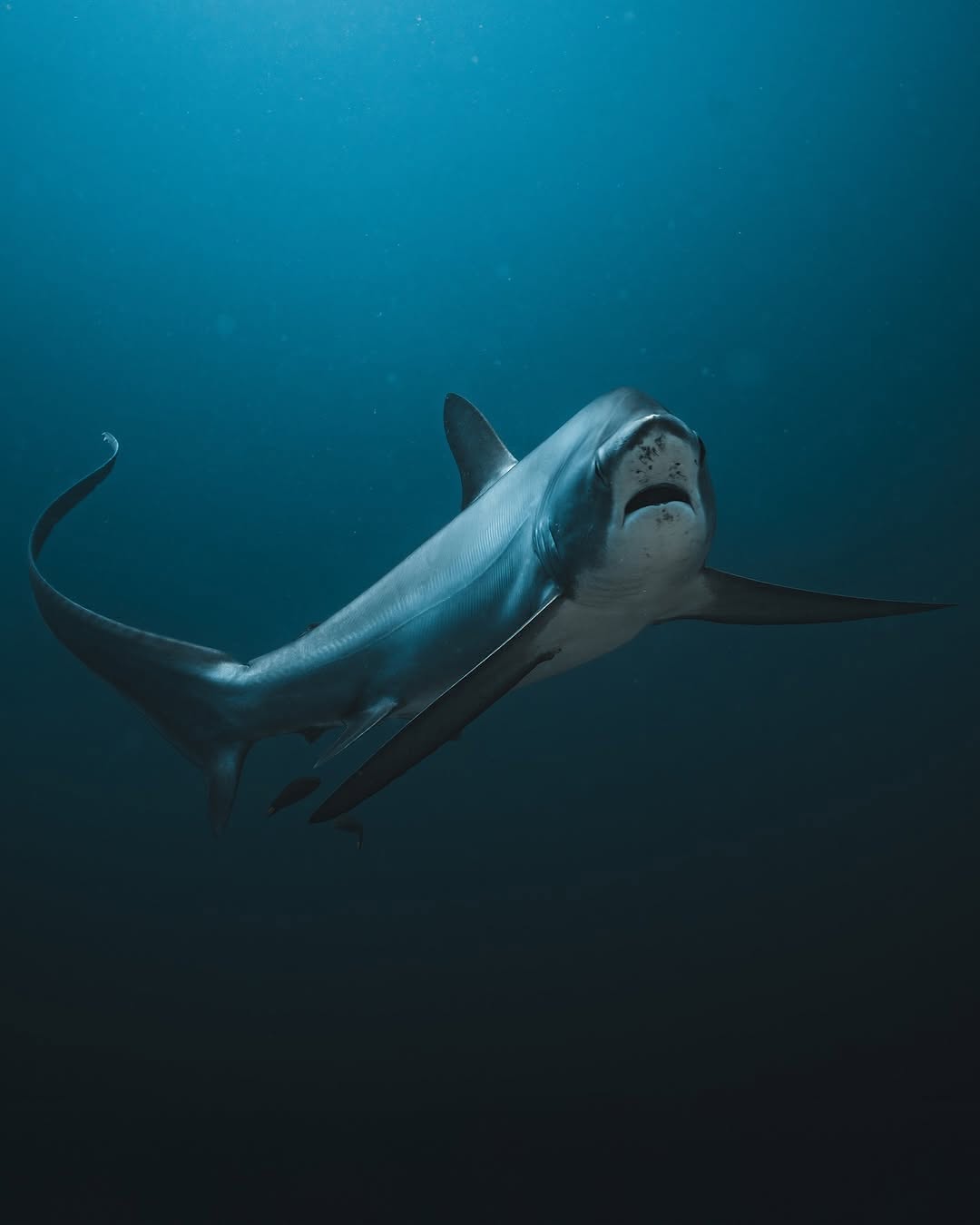📖 Table of Content:
When we think of dangerous animals, our minds often jump to fierce predators like lions, sharks, or snakes. However, the true threat to human life doesn’t always come from the animal kingdom’s most obvious killers. Surprisingly, the deadliest creatures often lurk in the shadows, transmitting diseases, biting, or even causing fatal accidents without ever being seen.
Every year, millions of people around the world fall victim to animal attacks or the diseases they spread. From deadly insects to venomous reptiles, many of these animals remain silent killers, striking when least expected. Yet, understanding the real threats we face can be the first step in reducing these preventable deaths.
While it’s easy to fear the larger, more intimidating animals, the truth is that tiny creatures like mosquitoes and snails can be far more lethal. We’ll now highlight the 10 animals responsible for the highest number of human fatalities each year, shedding light on the hidden dangers of the natural world.
1. Mosquitoes
By far the deadliest creatures on Earth, mosquitoes are responsible for more human deaths annually than any other animal. These tiny insects are vectors for diseases like malaria, dengue, Zika virus, and yellow fever, which together claim millions of lives each year. Malaria alone kills over 400,000 people annually, most of them in sub-Saharan Africa.
The problem is exacerbated by their ability to spread disease rapidly across regions with warm climates. The Aedes and Anopheles species, in particular, are the culprits behind the majority of fatal transmissions. Despite their size, mosquitoes are a constant and lethal presence, making them the number one animal killer worldwide.
2. Snakes
Snakes might not be the most numerous cause of death, but they pack a deadly punch, especially in tropical regions. There are over 600 species of venomous snakes worldwide, with bites leading to approximately 100,000 fatalities each year. Venomous species like the inland taipan, king cobra, and various vipers are responsible for the bulk of these deaths.
Often, the bites occur in remote areas, where medical treatment is scarce, making the victim’s survival highly unlikely. The widespread fear of snakes also contributes to their notoriety, despite their relatively low numbers compared to other killers. Still, the danger they pose cannot be ignored, especially in countries with high snake populations.
3. Dogs
While dogs are often called “man’s best friend,” they are also responsible for more deaths than one might think. Rabies, a viral disease spread through dog bites, kills over 59,000 people annually, primarily in rural parts of Asia and Africa. The issue is exacerbated by the large number of stray dogs and the lack of vaccination programs in some regions.
In addition to rabies, dogs can transmit other diseases and cause fatal attacks, especially in the case of aggressive breeds. In some places, the failure to control stray dog populations leads to higher rates of attacks and bites. Despite their domestication, dogs remain a significant threat to human health and safety in many parts of the world.
4. Tsetse Flies
These bloodsucking insects are another silent killer in sub-Saharan Africa, responsible for spreading sleeping sickness (trypanosomiasis). The disease, transmitted through the bite of an infected tsetse fly, affects thousands of people each year, often leading to death if left untreated. The parasite responsible for sleeping sickness can damage the nervous system, causing confusion, lethargy, and eventually death.
Though control efforts have reduced the number of cases in recent years, tsetse flies remain a deadly threat in rural areas with limited healthcare access. With their aggressive nature and ability to transmit diseases, they continue to contribute to a significant loss of life across the continent. Many parts of Africa still struggle to contain the spread of these flies, highlighting the need for ongoing vigilance.
5. Freshwater Snails
It might seem odd that snails make the list, but these slow-moving creatures are responsible for thousands of deaths annually. Freshwater snails carry parasitic worms that cause schistosomiasis, a disease that affects millions worldwide. The parasite burrows into the skin when humans come in contact with contaminated water, leading to serious health problems, including organ damage and death.
Infected individuals can suffer from chronic illness for years, often dying from complications related to the disease. Schistosomiasis is particularly common in parts of Africa, Asia, and South America, where people rely on freshwater sources for drinking, bathing, and agriculture. The spread of this deadly parasite continues to be a major public health challenge in many developing regions.
6. Crocodiles
Crocodiles are among the most dangerous animals in the world, known for their incredible strength and speed. With their powerful jaws and ability to strike with lightning speed, crocodiles are responsible for over 1,000 human deaths annually. These reptiles are particularly active in regions like Southeast Asia, Africa, and Northern Australia, where they ambush unsuspecting victims.
Most fatalities occur when people venture too close to water sources where crocodiles dwell, often in areas where people depend on these waters for daily activities. Though crocodiles are not as numerous as some other killers, their aggressive nature and large size make them a formidable threat. In areas where human-crocodile encounters are common, the risk remains high for local populations.
7. Box Jellyfish
One of the most venomous creatures in the world, the box jellyfish is a marine animal capable of causing death in mere minutes. Its tentacles are covered in toxic cells that can deliver a potent venom capable of paralyzing the heart. Found primarily in the waters around northern Australia and Southeast Asia, box jellyfish are responsible for dozens of fatalities each year.
The sting from a box jellyfish can cause excruciating pain, heart failure, and even death if immediate medical attention is not received. Their transparent bodies make them difficult to spot in the water, adding to the danger. While not aggressive, box jellyfish are often encountered by swimmers and fishermen, leading to tragic encounters.
8. Hippopotamuses
Though they might seem like docile creatures, hippos are responsible for more human deaths in Africa than lions or crocodiles. Known for their territorial nature, hippos are extremely protective of their space, and they can become aggressive when provoked. Hippos can run surprisingly fast on land and are capable of capsizing boats with ease.
Their massive jaws and sharp teeth are more than enough to cause fatal injuries to anyone unlucky enough to get too close. Hippos are responsible for an estimated 500 deaths per year, often in river regions where they are most active. Despite their seemingly calm demeanor, hippos are among Africa’s deadliest animals.
9. Elephants
While elephants are often admired for their intelligence and majestic presence, they are also among the most dangerous animals in the wild. The largest land mammals, elephants can become aggressive, especially when they feel threatened or when their young are in danger. Human-elephant conflict is on the rise in regions where human populations have encroached on elephant habitats.
When elephants charge, they can easily trample a person or destroy property. In India and parts of Southeast Asia, elephant-related fatalities are a growing concern, with over 500 deaths recorded annually. As human populations expand and elephants lose their natural habitats, these gentle giants are increasingly becoming a deadly force in certain regions.
10. Sharks
Often feared for their reputation as aggressive hunters, sharks are responsible for a relatively small number of human deaths each year compared to other animals on this list. On average, sharks cause around 10 fatalities annually worldwide, primarily in coastal areas where humans and sharks intersect. Despite their fearsome image, most shark species are not dangerous to humans, and the majority of shark attacks are believed to be cases of mistaken identity.
The most dangerous species, like the great white, bull, and tiger sharks, are responsible for the majority of fatal attacks. While shark populations are declining due to overfishing, their role in marine ecosystems remains crucial. Although sharks are not among the deadliest animals in sheer numbers, they still command attention due to their potential to cause serious harm in rare encounters.
